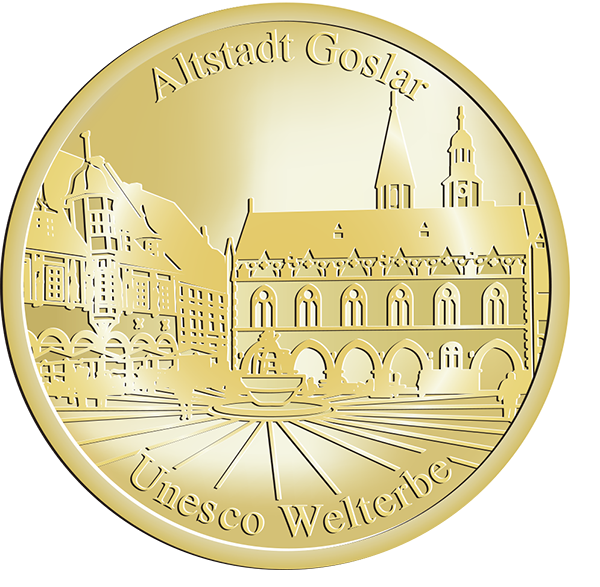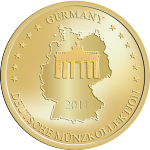

Goslar has a rich history stretching from the Neolithic via the ancient Saxon times, the Holy Roman German empire, Reformation, Enlightenment, German Nationalism, Emancipation, Militarism, German Imperialism, Democratisation, the National Socialist Dictatorship including Racism & Genocide, the Iron Curtain, up to German reunification. In addition Goslar can field an exciting industrial history.Salian Emperor Henry I founded the town in the 10th century after the discovery of silver deposits in the nearby Rammelsberg. The wealth derived from silver mining brought Goslar the status of an Imperial City, which attracted the interest of the Holy Roman Emperor.The Mediæval Imperial Palace of Goslar (Kaiserpfalz) was built in the 11th century and became a summer residence for the emperors, especially Henry III of Germany who visited his favourite palace about twenty times. Henry is buried in Goslar.Goslar’s Mediæval cathedral was built at the same time as the Mediæval Imperial Palace, but only the porch survived; the dome itself was torn down in 1820. Other sights are the town hall (16th century) and the ancient mines of the Rammelsberg, which houses now a mining museum.
Release Dates
2010, 2011
Features
- Coin Alloy Name: brass
- Coin Alloy Color: gold
- Coin Diameter: 35,00
- Coin Thickness: 2,25
- Coin Edge: serrated, fine
- City: GOSLAR
- Country: Germany
- Available: no
- Location: GOSLAR, Germany
